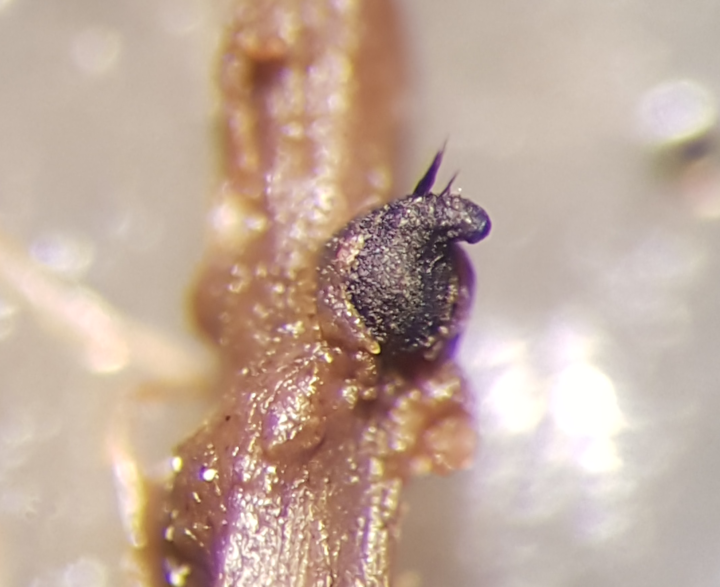Genome Evolution in Sordariales
Sordariales is a large and diverse order within Ascomycota, that houses several of the best studied fungal taxa, including Neurospora and Podospora. In this project we explore the evolution of many of the characteristics of Sordariales fungi. This project is one of the longest-running in the Johannesson lab, and as a consequence it is very broad.
A well-known characteristic of Sordariales is the high prevalence of Repeat-Induced Point mutation (RIP). Here we explore the interplay between RIP and transposable elements (TEs), and how RIP has shaped the evolution of fungal genomes. As an example, we have recently found that species in the model genus Podospora differ in their load of TEs, where one species stands out by having different TEs in its centromere, while also having lost RIP function.
More generally, by using a phylogenomic approach, we reconstruct the phylogenetic tree of Sordariales, and use it to explore genome evolution in the order. One Sordariales family in particular, the Chaetomiaceae, hosts a high number of thermophilic species, and one aim of this project is to investigate a possible link between optimal growth temperature and different aspects of genome evolution.
Previously, we have taken a deep-dive into genetic conflict in the form of meiotic drive by spore killer phenotypes. We determined the genetic basis for spore killing, and investigated the evolution of the phenomenon across Neurospora and Podospora.
Group members involved in the Sordariales project: Ivar Westerberg, Jesper Svedberg, Sandra Lorena Ament Velásquez, Noah Hensen
Search for papers about Sordariales on the Publications page
